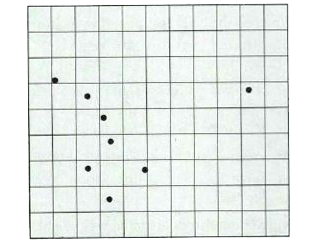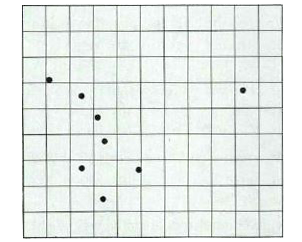The theory behind stars twinking it that
The refractive index of the different layers of earth's atmosphere changes continuously: the position of the star's image change with time.
The intersity of light emitted by them changes with me
The light from the star is scattered by the dust particles and air molesules in the earth's atmosphere
The distance of the stars from the earth changes with time
The correct Answer is:A
Similar Questions
Knowledge Check
The baiss theory behind Arrhenius' equation is that
AThe number of effective colliisons is proportional to the number of molecules above a certain threshold energy.BAs the temperature increases, so does the number of molecules with energies exceeding the threshold energy.CThe rate constant is a function of temeperature.DThe activation energy and pre-exponential factor are always temperature inedpendent.Be behind the times
ABe very oldBNot be alertCAlways dreamingDBe old fashionedThe spectra of all stars show a continuous spectrum like the solar spectrum, in which dark absorption lines are superimposed. The photosphere (inner layer of the star) emits radiations of all wavelengths, producing a continuous spectrum. On passing through the outer (comparatively cooler) layer of the star, radiations of certain wavelengths are selectively absorbed by this layer. This is the cause behind the dark lines in the star's spectrum. These dark lines are characteristics of the substances present in the outer layer of the star. For measuring the surface temperature of the star, we need to measure the wavelength at which the intensity of emitted radiation is maximum and then using Wien's displacement law, given below
λm=T=b where b is the Wien's constant and its experimentally determined value is 2.89×10−3mK
The study of dark lines in the spectrum of a star shows that the atmosphere of stars containAnitrogenBheliumChydrogenDuranium
The two stars in a certain binary star system move in circular orbits The first star α moves in an orbit of radius 1.00×109km The other star β moves in an orbit of radius 5.00×108km What is the ratio of masses of star β to the star α ? .
View SolutionThe two stars in a certain binary star system move in circular orbits The first star α moves in an orbit of radius 1.00×109km The other star β moves in an orbit of radius 5.00×108km What is the ratio of masses of star β to the star α ? .
View SolutionTo locate Pole star, you have to look at the two stars at the end of Ursa Major as shown. Imagine a straight line passing through these two stars. Extend this imaginary line towards the north direction. On this line you can locate a star which is not too bright and around which there are no stars. It is the Pole Star. The pole star always appears to remain at the same position in the sky.

Read the passage and try to answer the question
Give the location of this star.
View SolutionTo locate Pole star, you have to look at the two stars at the end of Ursa Major as shown. Imagine a straight line passing through these two stars. Extend this imaginary line towards the north direction. On this line you can locate a star which is not too bright and around which there are no stars. It is the Pole Star. The pole star always appears to remain at the same position in the sky.

Read the passage and try to answer the question
The stars that we see in the sky are not fixed at one point. Explain why?
View SolutionTo locate Pole star, you have to look at the two stars at the end of Ursa Major as shown. Imagine a straight line passing through these two stars. Extend this imaginary line towards the north direction. On this line you can locate a star which is not too bright and around which there are no stars. It is the Pole Star. The pole star always appears to remain at the same position in the sky.

Read the passage and try to answer the question
What is the significance of pole star for astronomers and travelers in ancient times?
View Solution
